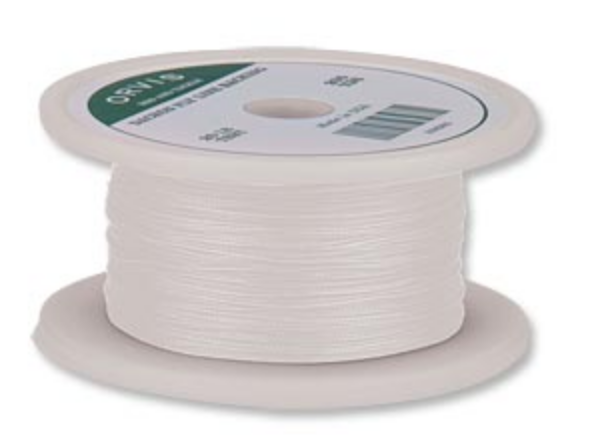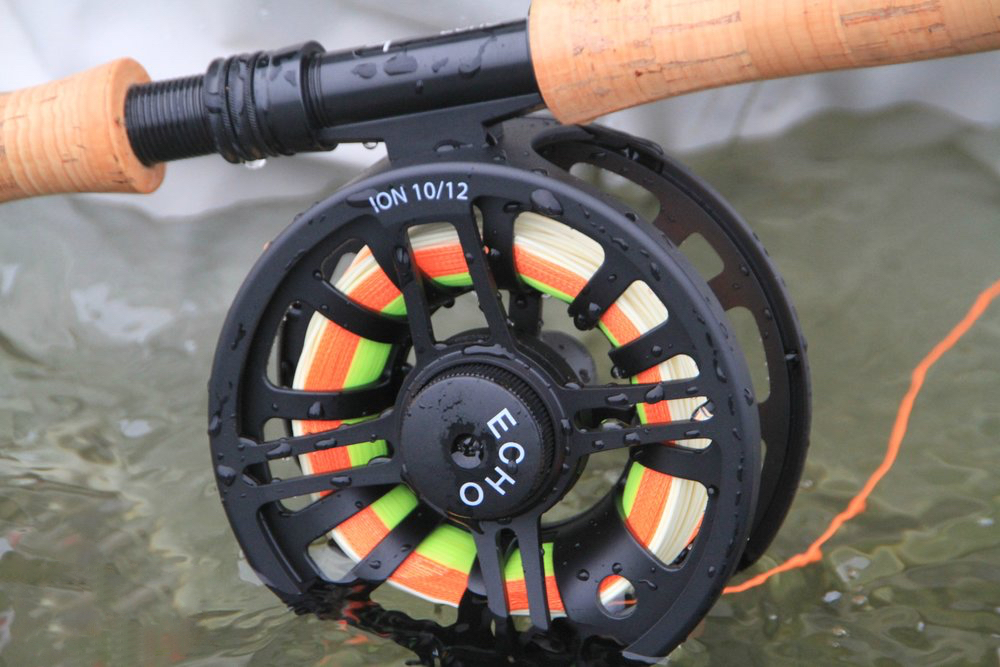
There are many fly anglers that don’t even know that they have fly line backing on their reel. Many more are aware that it’s there, but have no idea why. It’s just something the kid at the fly shop added when he strung up the reel and fly line you bought. If you’re a freshwater trout fisherman, it’s of no obvious value because you likely never see it. If you’re a saltwater fisherman, you’ve seen it plenty of times… and it made you nervous! Whether you’re accustomed to seeing your backing or not, it has value to you as a fly fisherman.
But what is it? For starters, backing is a thin, synthetic line that connects your fly line to your reel. It is most often made of Dacron, a strong synthetic material that will not dry rot and will likely never need to be replaced. So, even though you may need to replace your fly line every few years or so, you’ll likely just attach it to the same backing that was originally put on your reel. It has two primary purposes: to fill up space on the reel and to act as an “insurance policy.”
Let’s first talk about its role as insurance policy. The average fly line is 90–100 feet in length. So, if you make a 40’ cast and hook a large fish that runs 50’ or more, you’re in big trouble! But with an additional length of backing on the reel, you are able to deal with longer runs made by big fish. So, why not just use longer fly lines?
Fly lines are expensive. A 90’ fly line will commonly cost $50-$100. However, you can get 100 yards of backing for about $5-$10. Some fly shops even give you the backing for free when you buy a reel and line from them. And again, you’ll likely never have to replace it. What’s that, you say? You only fish small streams and there is little to no chance of a fish running out 100 feet of line?
As mentioned above, the other purpose of backing is to fill space on the reel. Fly line has a significant amount of “memory,” and if you wind it directly on the small spindle of a trout reel, it will create small tight coils in the fly line. It will also require more turns of the reel to pick up line. However, by filling the reel with an appropriate amount of backing, you create a larger arbor for the fly line to rest on. As a result, you’ll have larger, more manageable coils in the fly line and more efficient line retrieval.
The average trout reel will have a capacity to hold the fly line and probably 50–100 yards of backing. Larger saltwater reels will hold significantly more – anywhere from 200–600 yards. How much backing a reel holds depends on the size of the reel, the size fly line on the reel, and the type of backing used.
Dacron backing typically comes in sizes 12–30 pound test, with the heavier strength taking up more space. Gel-spun polyethylene backing is also available. It is more expensive but has a significantly greater strength to diameter ratio. For that reason, gel-spun backing is often the choice for saltwater fishermen.

Finally, backing has become a bit of a fashion statement for many fly anglers in recent years. While it has traditionally come in white, there are now multiple colors of backing available, providing brighter color schemes on the reel.

